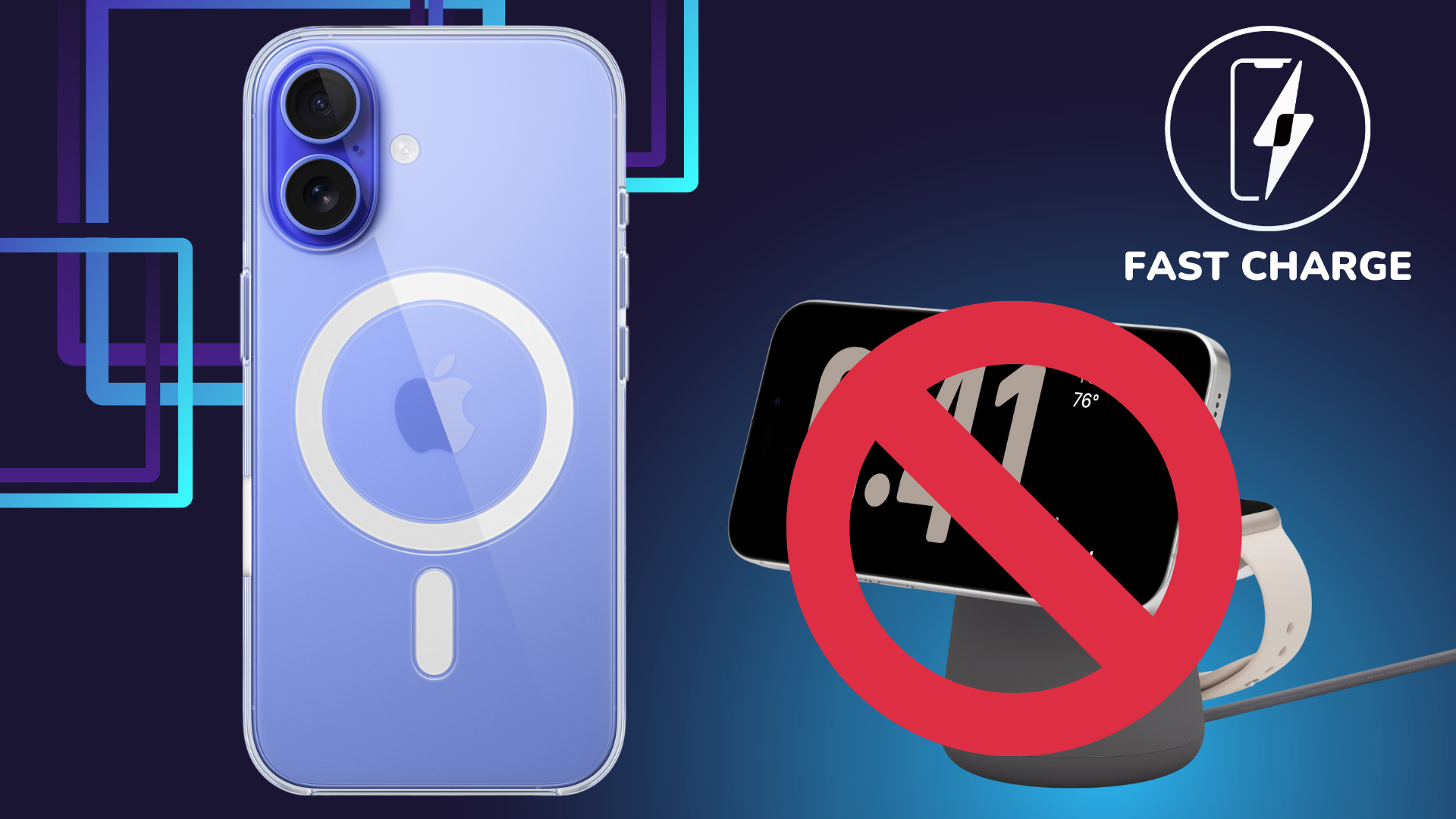Breakthrough Galaxy S25 Leak Reveals Android’s MagSafe Alternative Masterplan

The Quest for a Seamless Qi2 Experience: A Commentary
MagSafe, the magnetic attachment technology from Apple, has revolutionized the way we charge and interact with our iPhones. The ability to effortlessly attach and detach accessories using a magnetic connection has become a hallmark of the iPhone experience. As a result, I was thrilled to hear that Apple had joined forces with the Wireless Power Consortium to develop the Qi2 standard, an open-source version of MagSafe that would allow Android phone owners to enjoy similar convenience.
The announcement of Qi2 was a significant step forward, as it would finally bring Android and iOS on a level playing field when it comes to accessories. No longer would Android phone owners be stuck with clunky proprietary charging docks or finicky wireless charging pads. Qi2 would allow them to experience the same seamless convenience that MagSafe has brought to the iPhone.
However, it seems that Android manufacturers are taking a more half-hearted approach to Qi2 integration. Samsung’s latest flagship, the Galaxy S25, has reportedly scrapped its plans to fully integrate the technology, opting instead for a magnetic case system that allows compatibility with MagSafe accessories.
This is a major step back from Samsung’s original plan to integrate the technology directly into the phone’s chassis, similar to every iPhone since the iPhone 12. This forces users to use an additional case if they want to take advantage of MagSafe accessories, which can be bulky and detract from the sleek design of the phone.
I must admit that I’m a sucker for the clean look of a phone without a case. Manufacturers go to great lengths to design sleek, minimalist devices, and covering them with a case seems to negate that effort. As someone who prefers not to use cases, I find it frustrating that I’ll be forced to do so in order to use MagSafe accessories with my future Galaxy S25.
But Samsung is not the only offender. Oppo, another major Android manufacturer, also offers a magnetic case system with its Find X8 Pro. While this approach does offer some flexibility, it’s also a far cry from the seamless experience that MagSafe provides.
One potential stumbling block to Qi2 adoption is the competing proprietary wireless charging tech that some manufacturers have developed. Oppo’s Find X8 Pro, for example, can charge wirelessly at 50W, triple the speed of the standard 15W Qi2 output. This may be a major selling point for some users, and it could explain why some manufacturers are hesitant to adopt Qi2.
Ultimately, I hope that as technology advances, we’ll see thinner, more efficient components that allow for true Qi2 integration in future smartphones. Until then, I’ll just have to be content with using MagSafe accessories with my iPhone.
Figure 1: Insta360 Flow Pro MagSafe Mount
Figure 2: Oppo Find X8 Pro Review 1
I’m no stranger to using cases on my phones, but I find it frustrating when a device that looks sleek and modern is rendered bulky by the addition of a case. With this in mind, I wonder if manufacturers will continue to prioritize proprietary wireless charging tech over the convenience of Qi2 integration.
For those who value the benefits of MagSafe, this may not be a major issue. However, for those who prefer a more minimalist approach to their phone use, this could be a major drawback. The Qi2 standard is an important step forward, but it’s only as good as its implementation. I can only hope that as technology continues to evolve, we’ll see a seamless Qi2 experience across all platforms.
Figure 3: Samsung Galaxy S24 and Qi2 Charging
Figure 4: Oppo Find X8 Pro and Qi2 Charging
Figure 5: Samsung Galaxy S25 and MagSafe Case System






